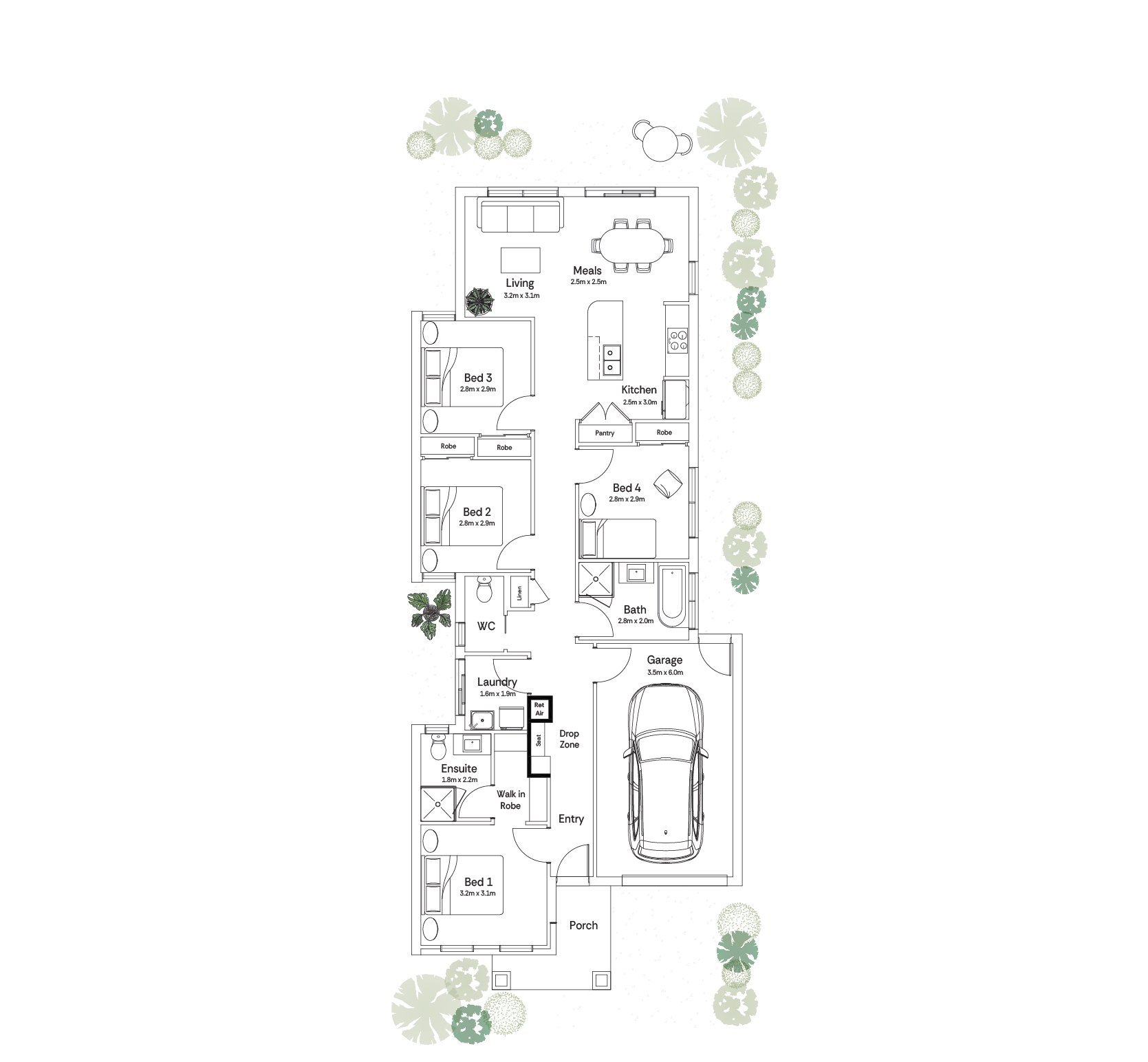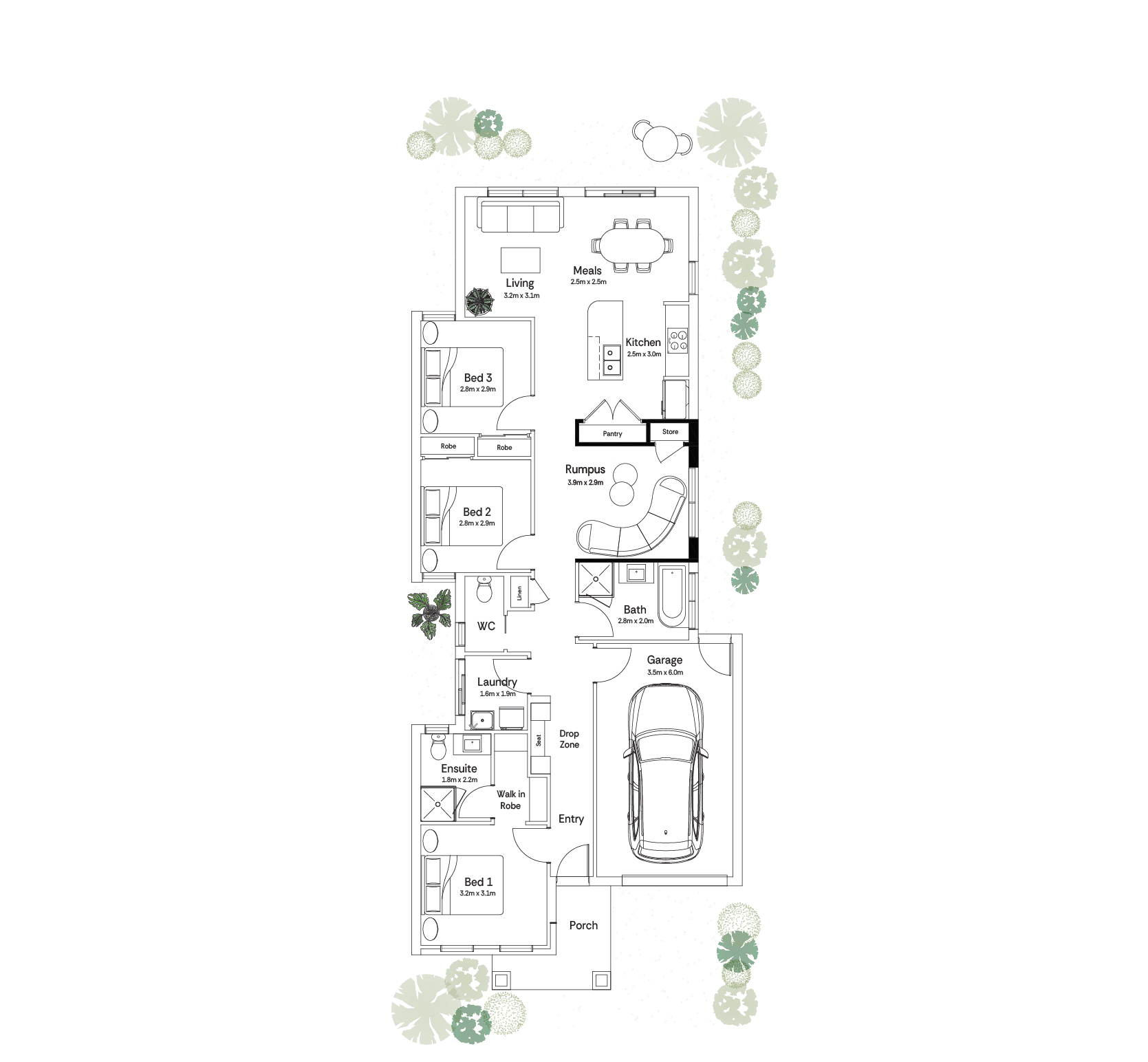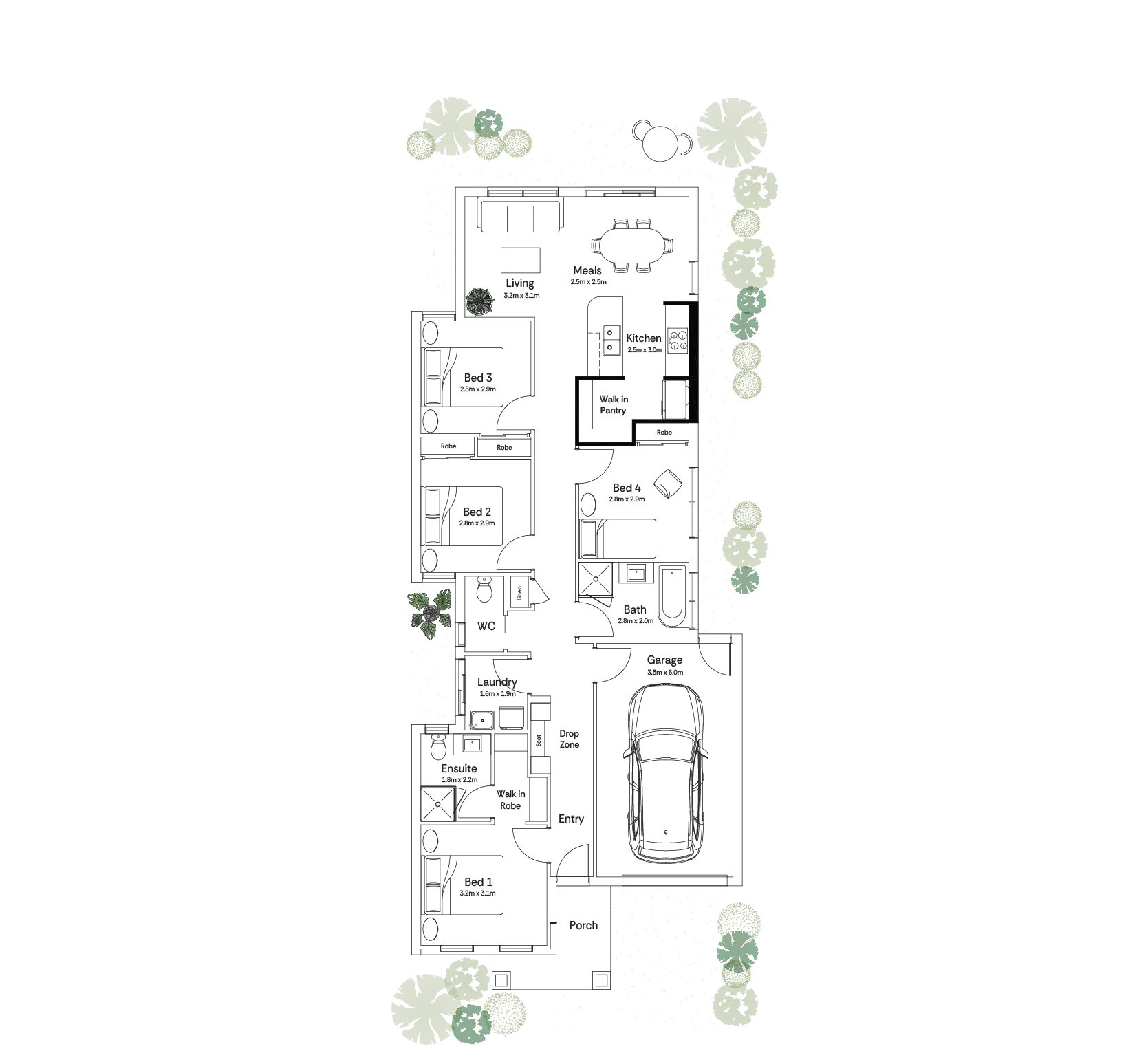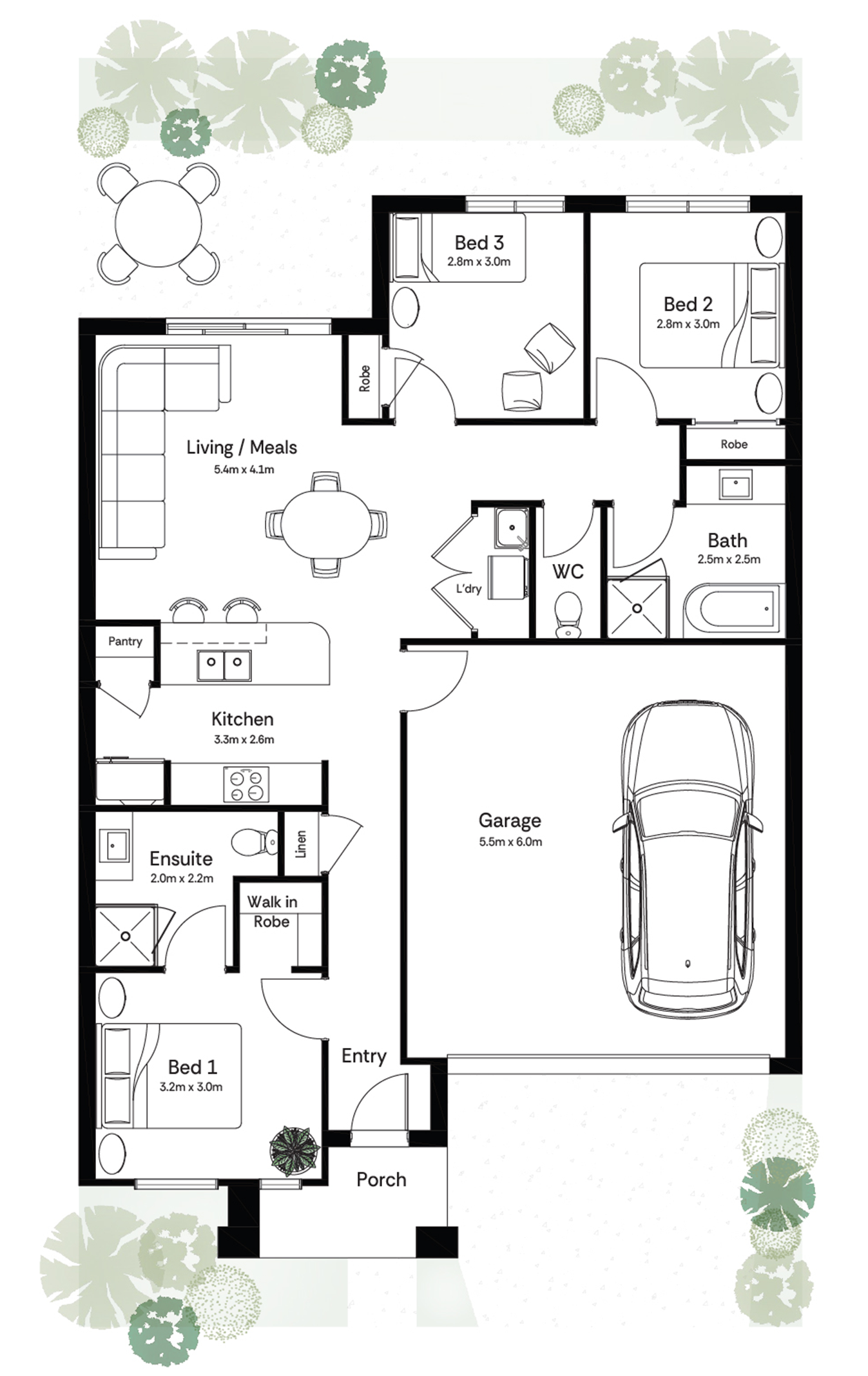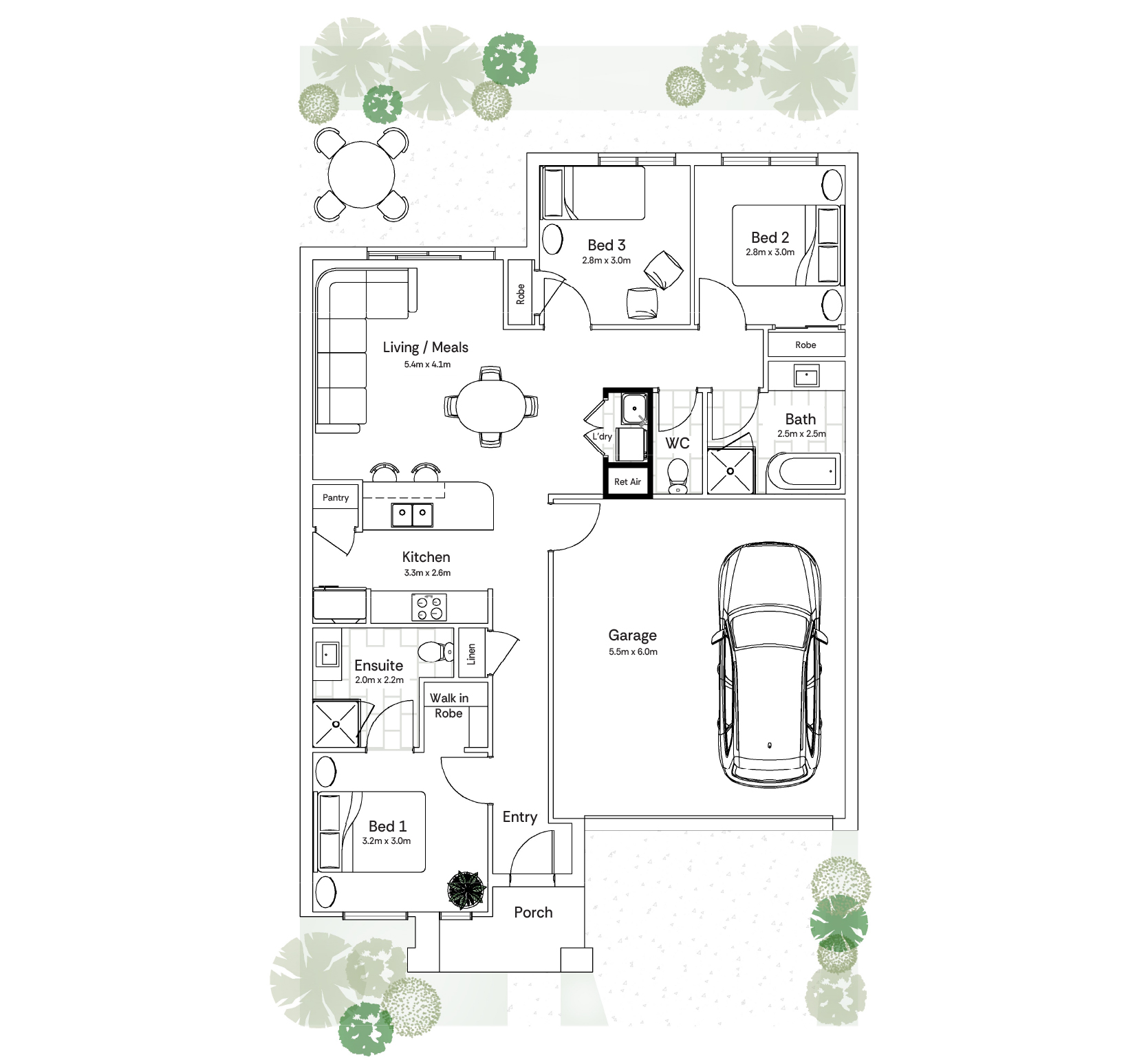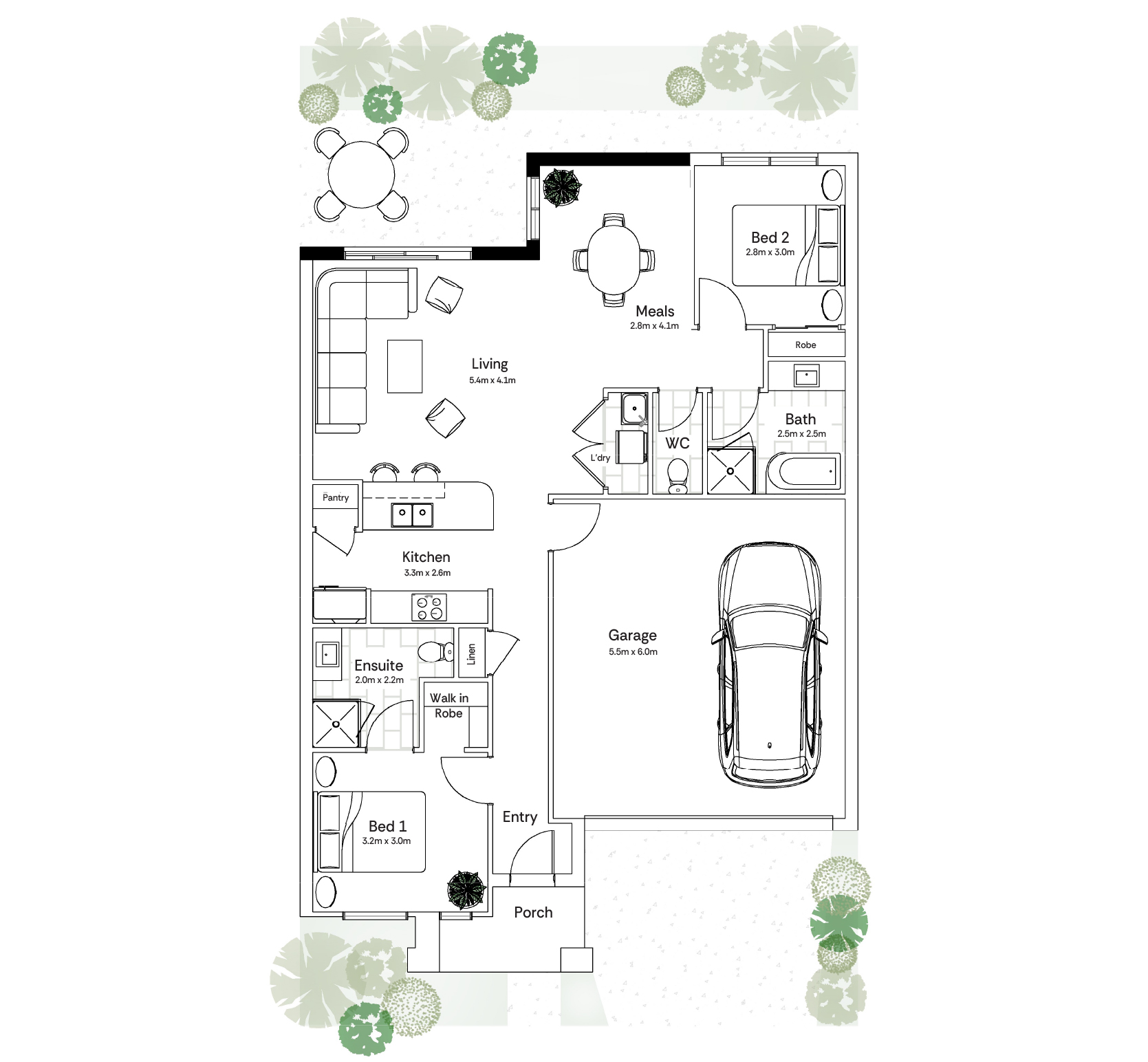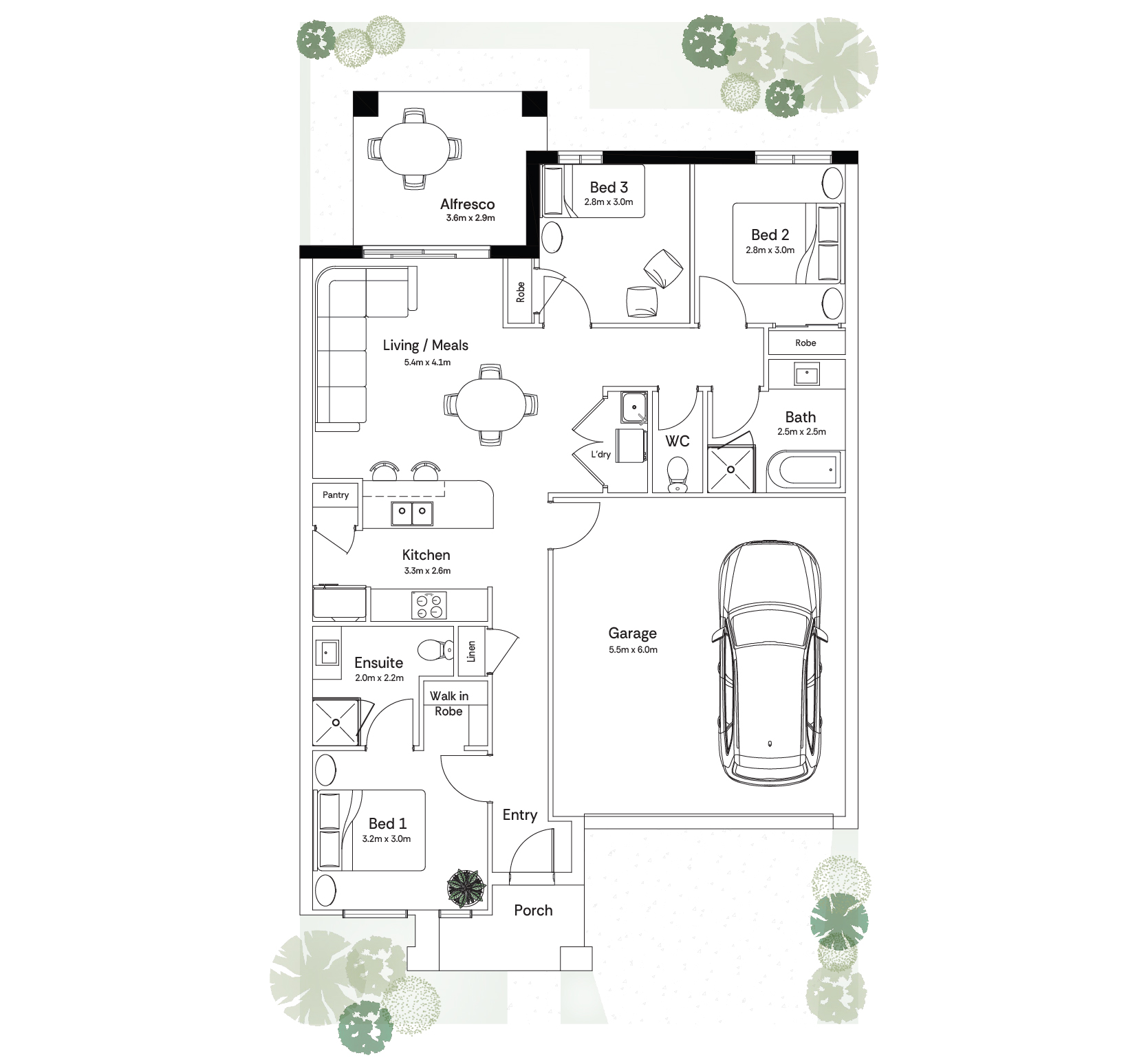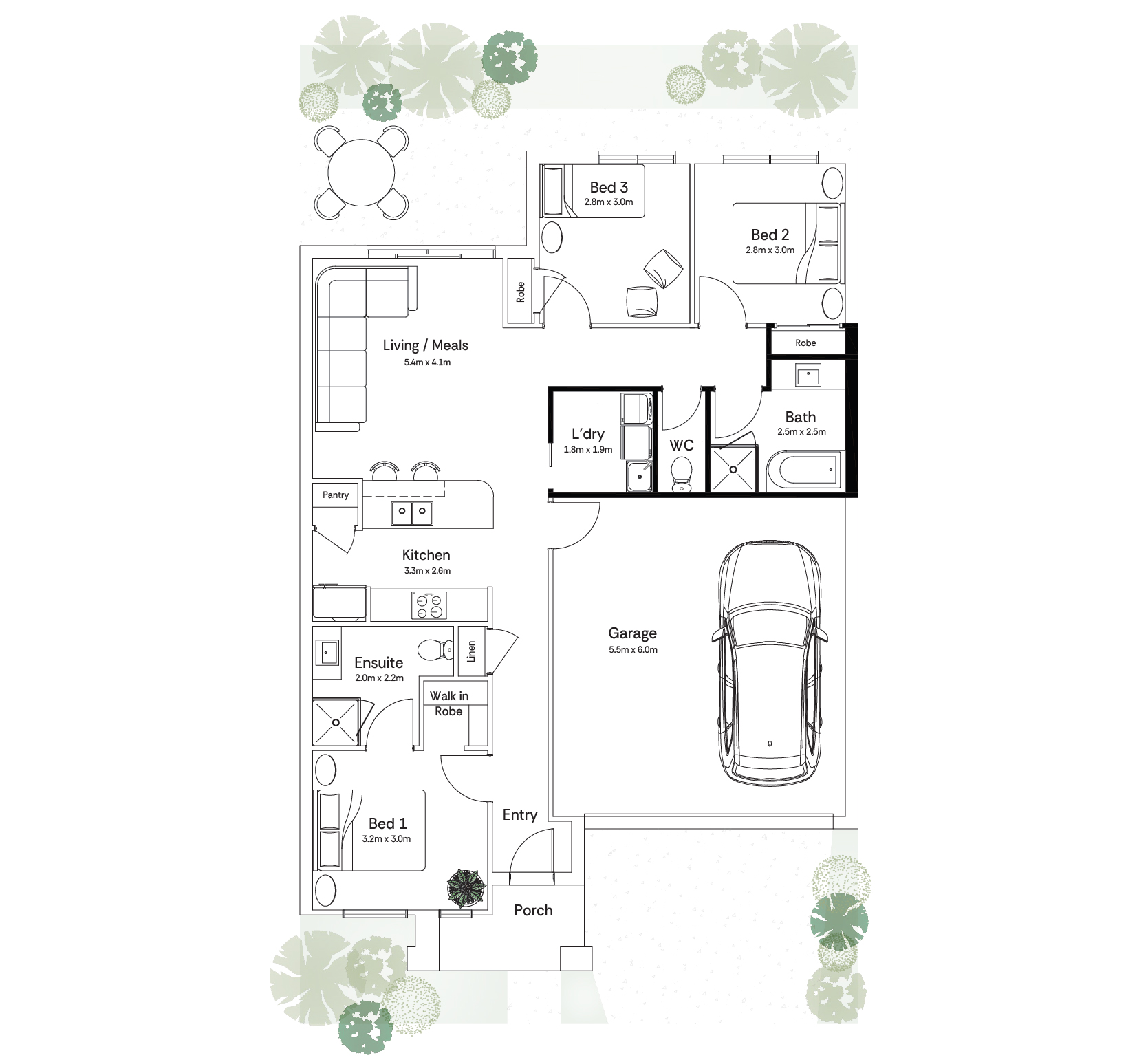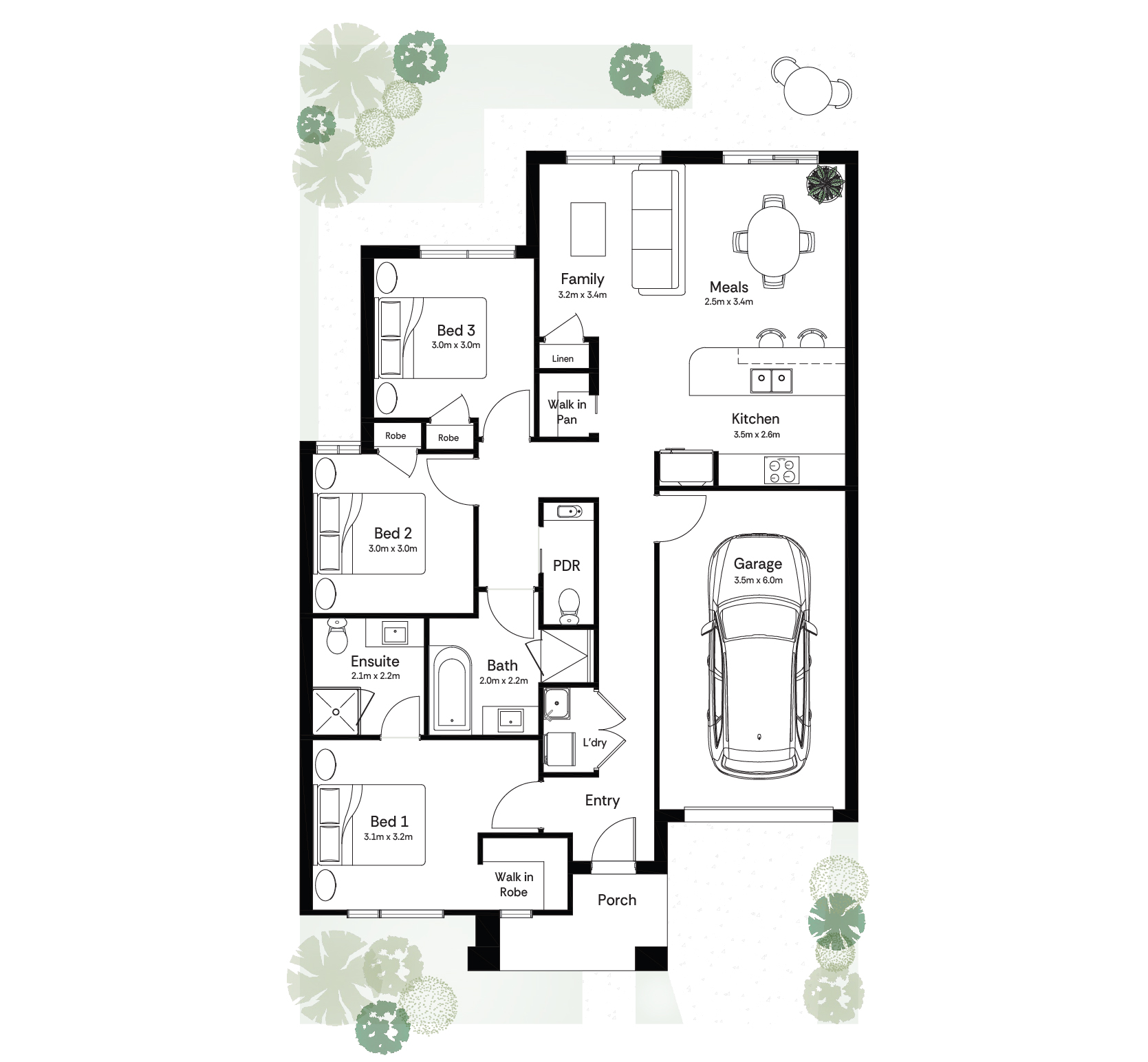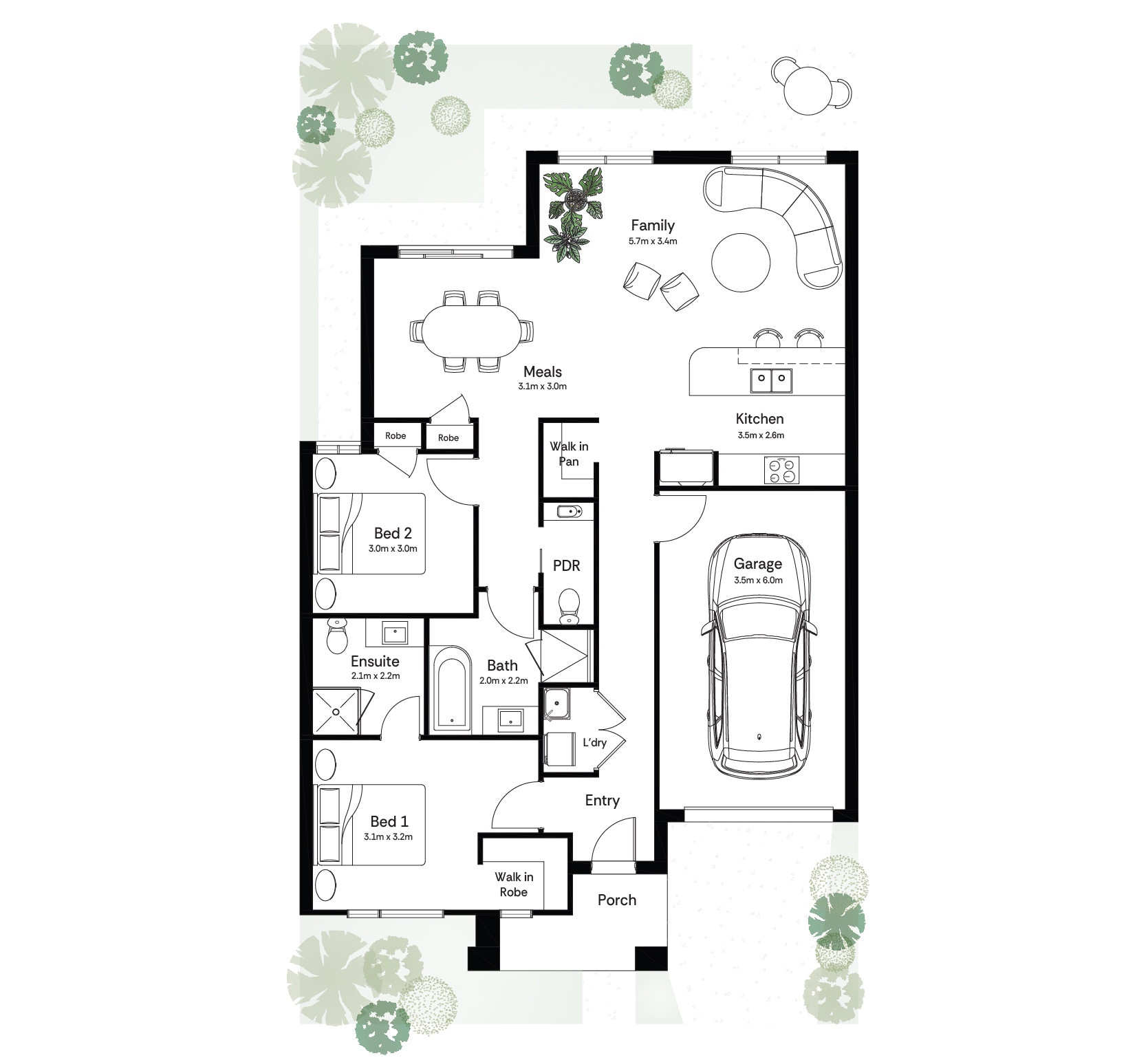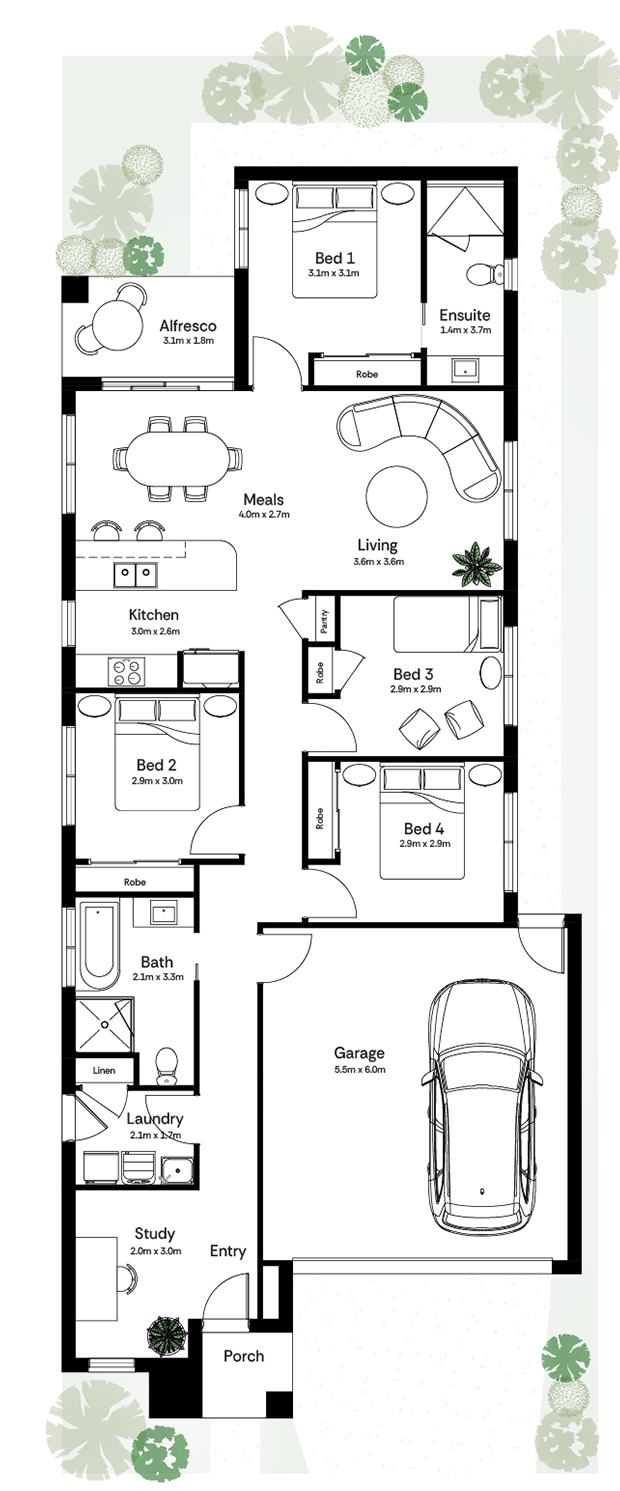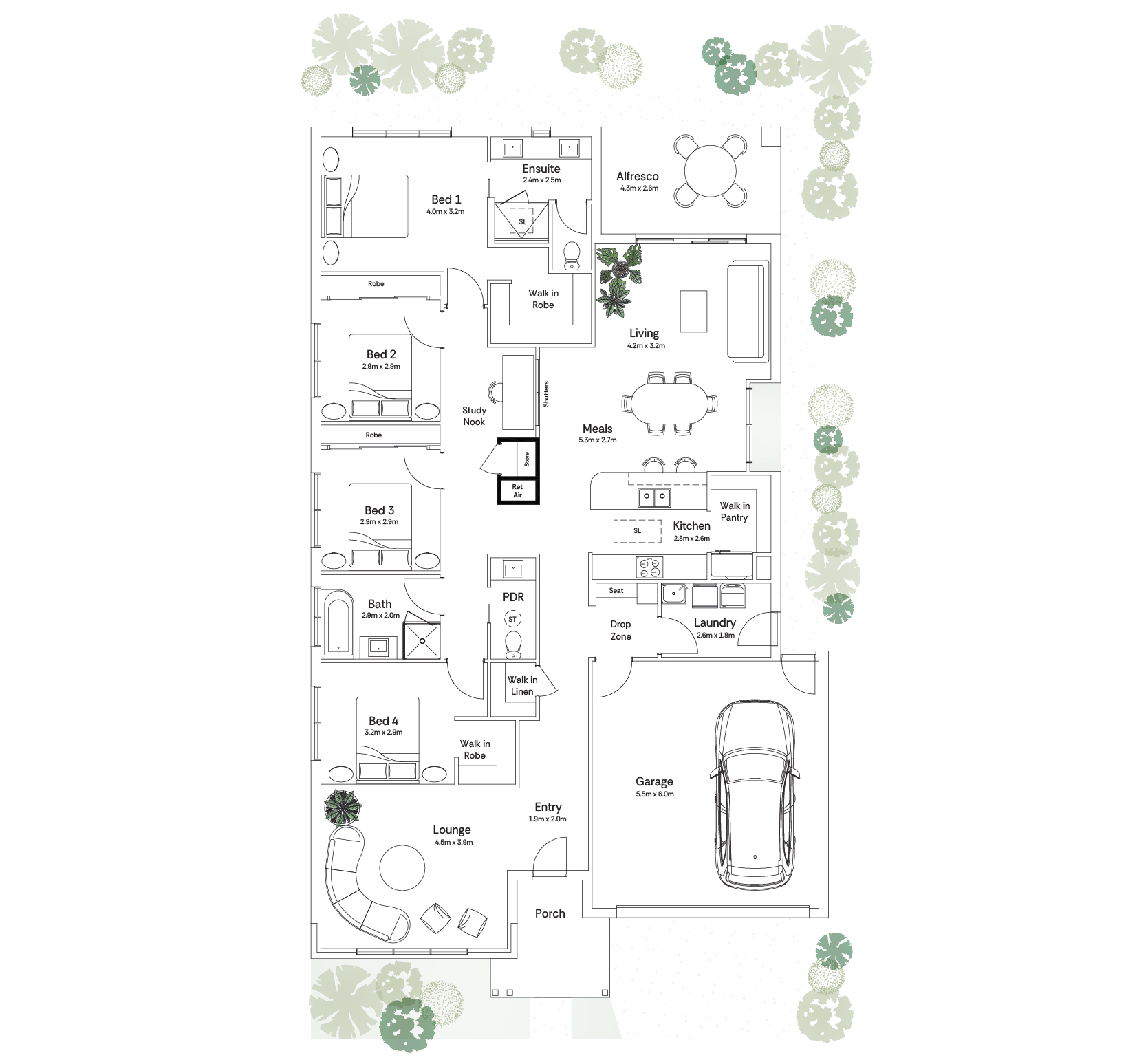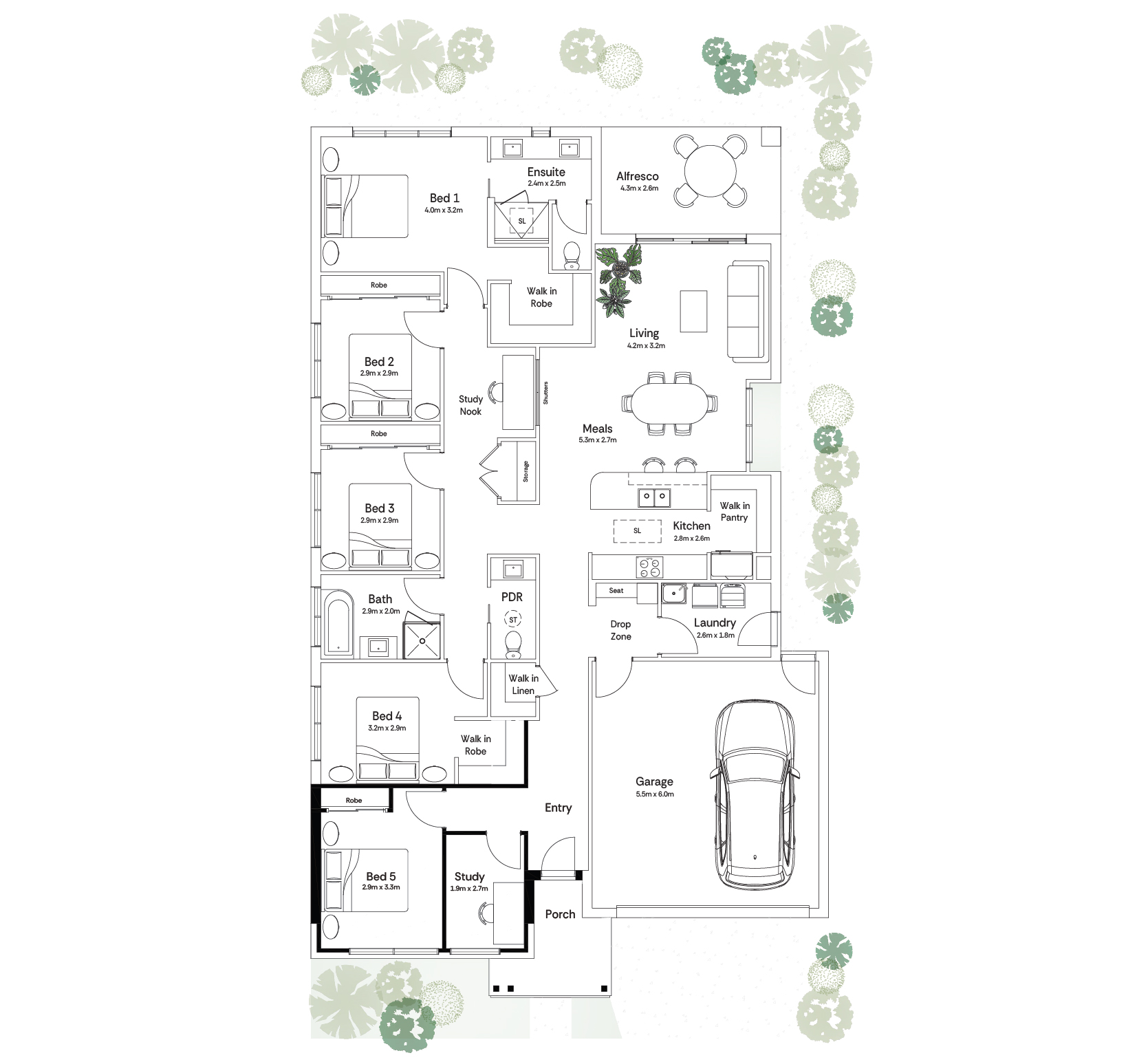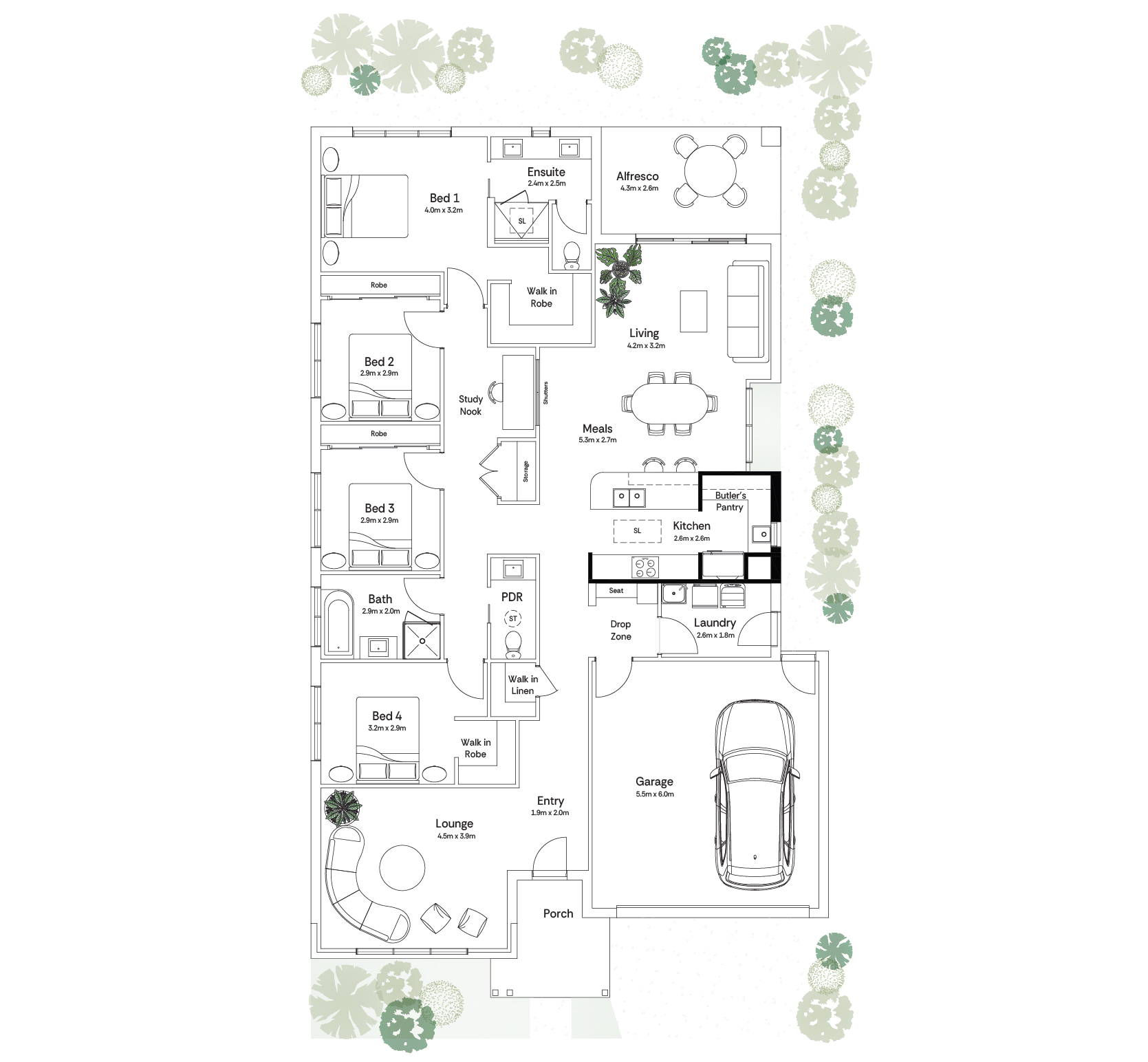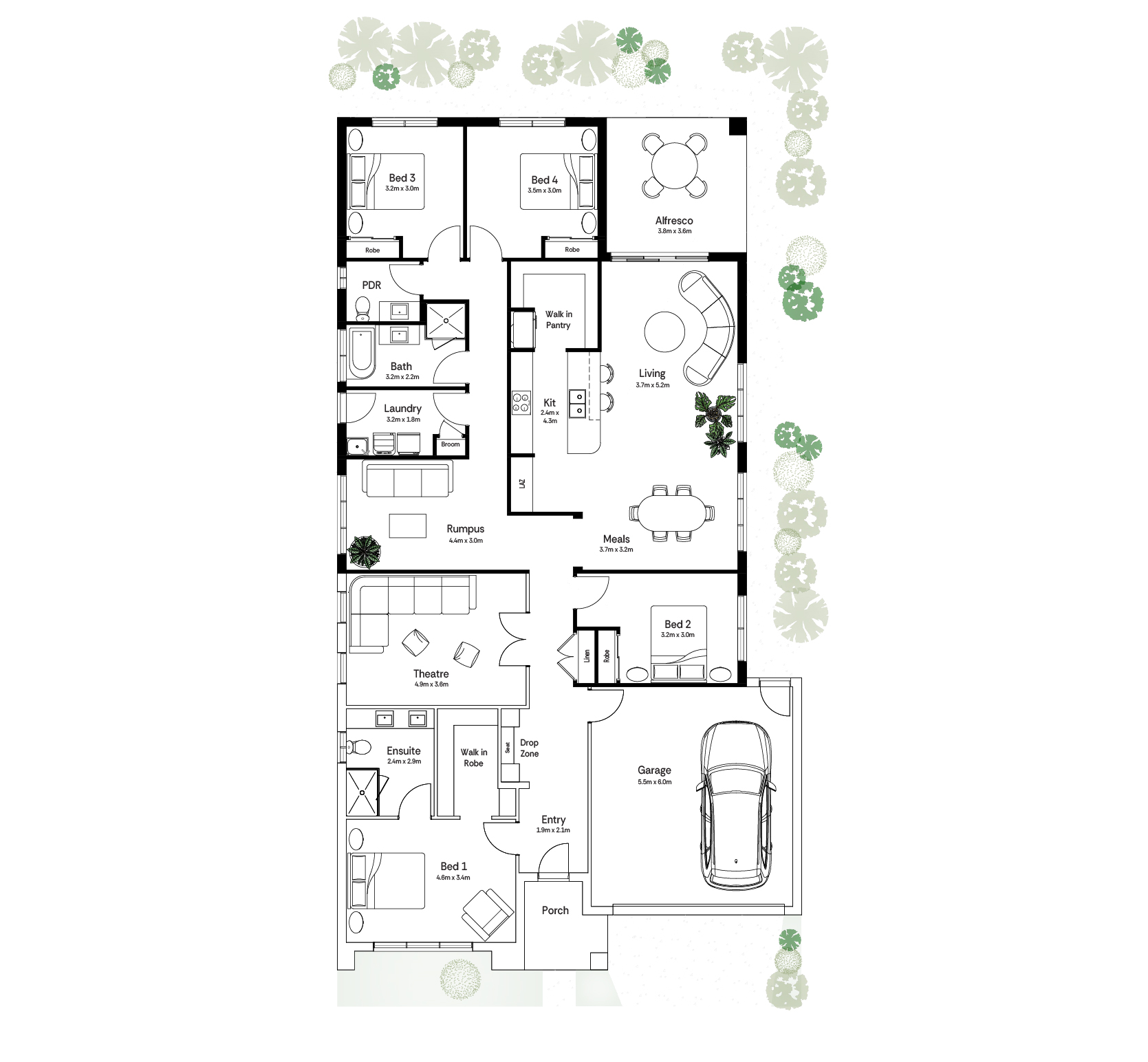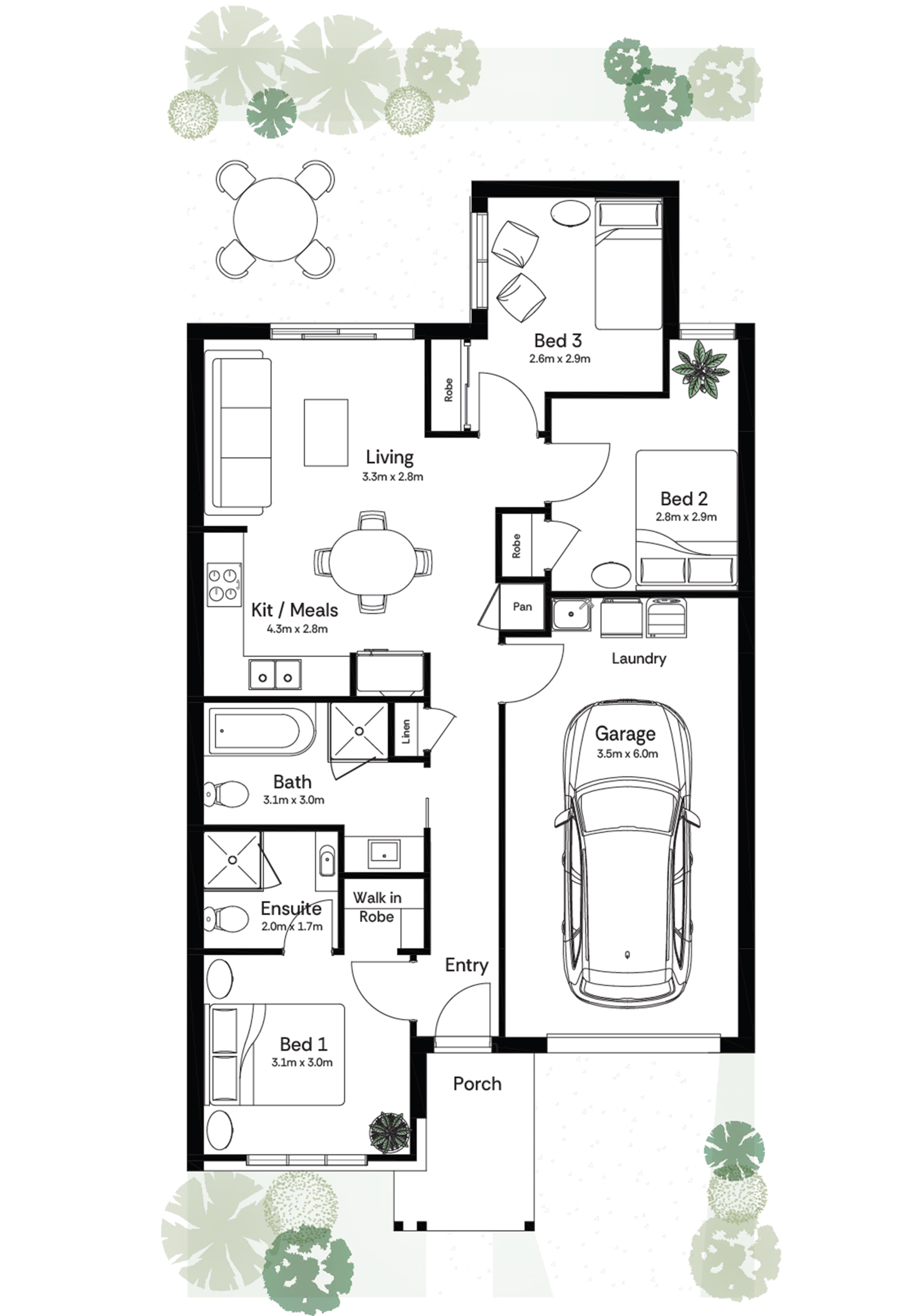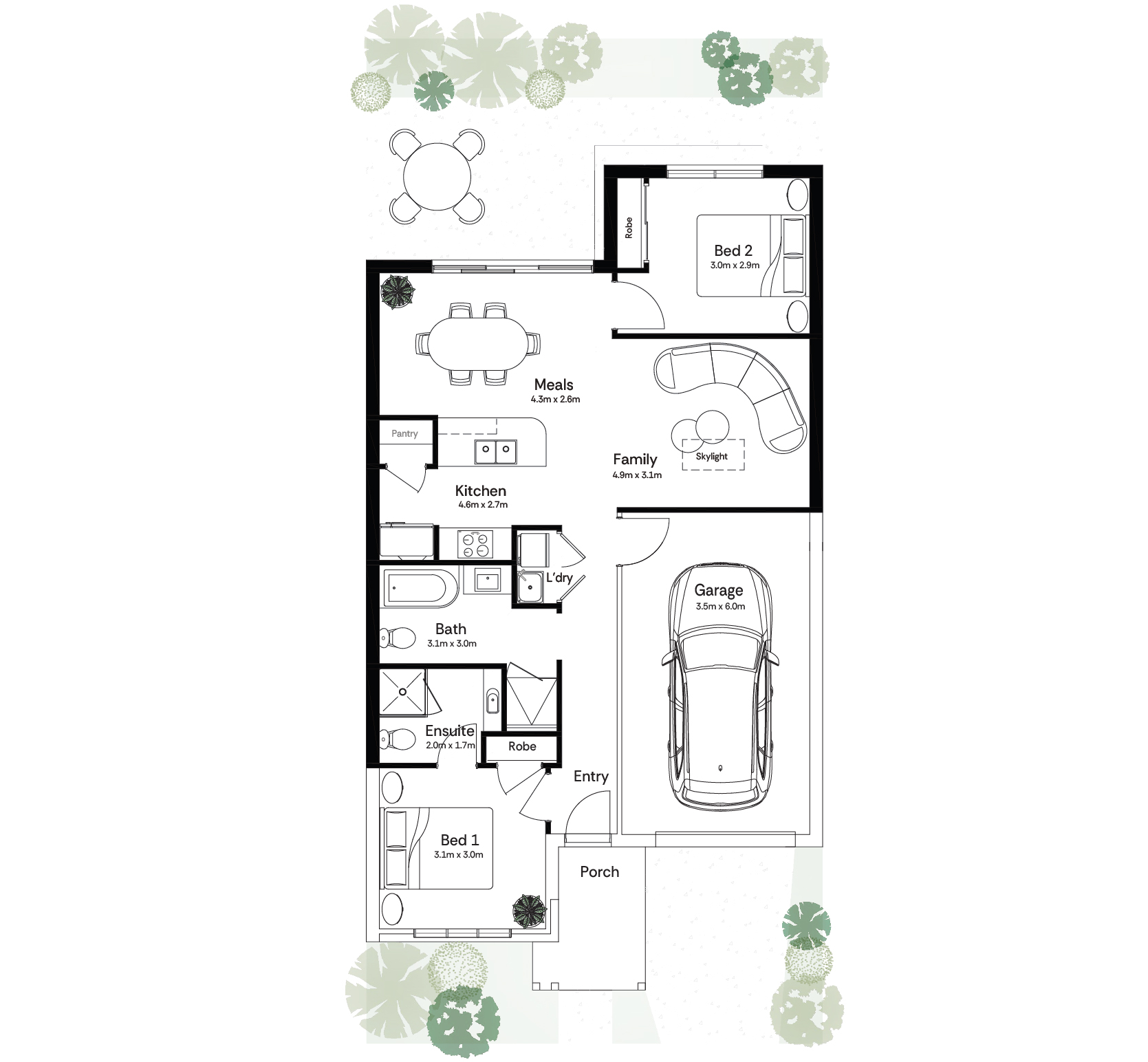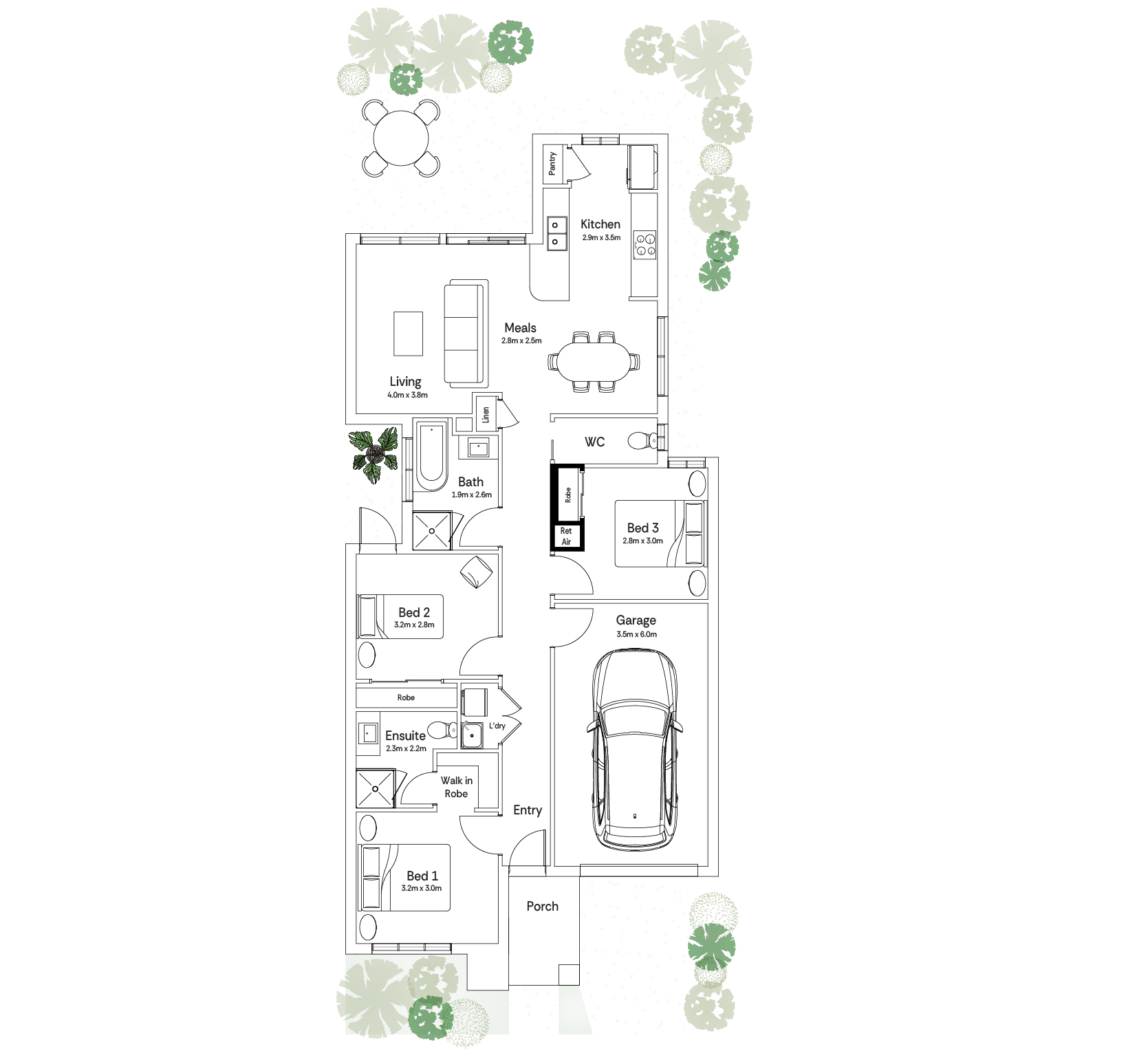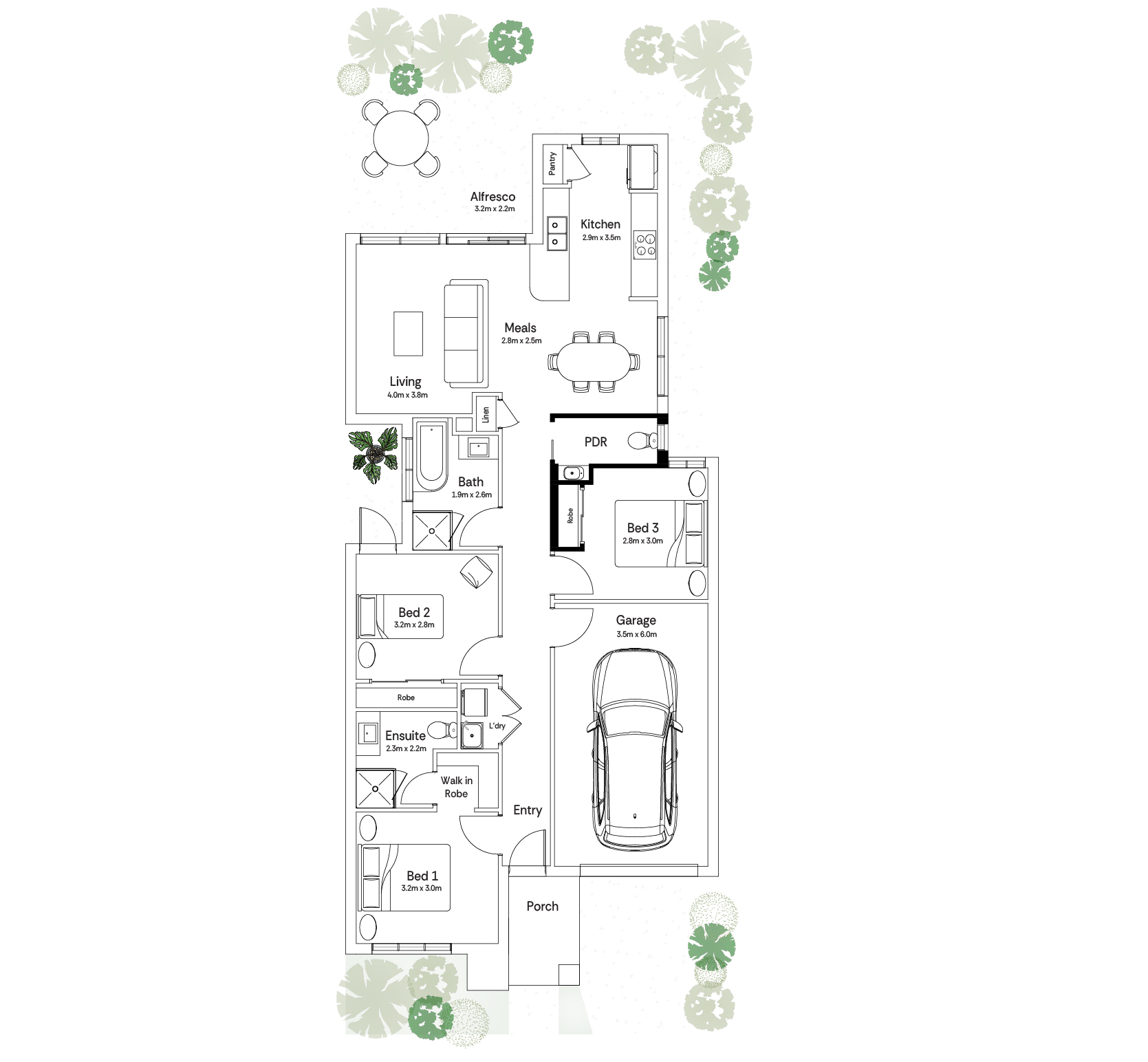Lenders Mortgage Insurance: What It Is, How to Calculate It, and How 5% Deposit Schemes Can Help You Avoid It

LMI is an important, but often misunderstood, part of the home loan process in Australia.
For those wondering, LMI is an insurance premium you’re expected to pay if your deposit is less than 20% of a property’s value. This hefty cost protects the lender – and not you – from the loss if you fail to make your loan repayments. Sure, LMI can feel like yet another hoop to jump through on the way to buying your first home, but knowing how it works can actually help you make smarter decisions, and in some cases, it might even be the ticket that gets you into the market sooner. In this guide, we’ll break it down: what LMI is, how much it costs, how it’s calculated, ways to avoid it, and when paying it might actually be a savvy move.
What is Lenders Mortgage Insurance (LMI) & How Does it Work?
What Is LMI?
So, what is LMI? Put simply, LMI is an extra premium you pay when your deposit is on the smaller side, usually under 20% of the property’s price tag. If you can’t keep up with your loan repayments, and the property sells for less than what’s left on your loan, LMI covers the shortfall for the lender.
You’ll usually pay it as a one-off, up-front cost, but in many cases, you can also roll it into your loan. If you’re borrowing a low deposit, it’s worth factoring LMI into your calculations right from the start so there are no surprises.
How does LMI work?
Think of LMI as the lender’s safety net. If you fall behind on your repayments and the sale of the property doesn’t cover the loan (ie, there’s a ‘shortfall debt’), LMI kicks in to cover the gap.
Note that this is different from Mortgage Protection Insurance (MPI). MPI is designed to cover you, the borrower, if you can’t make repayments because of things like unemployment, death or disability. LMI only protects the lender.
How Much Does LMI Cost?
There’s no flat fee for LMI, so it’s always a good idea to speak with your loan provider first. How much you’ll pay depends on a handful of factors:
Loan amount: Bigger loan, bigger LMI.
Loan-to-Value Ratio (LVR): This is the loan amount ÷ the property value. The smaller your deposit—as a proportion of the value of the property—the higher the LVR. The higher the LVR, the higher your LMI premium.
Property value: Since it feeds into the LVR calculation, higher-value properties will usually push up your LMI.
Loan purpose/property type: Owner-occupied home loans usually attract less LMI than investment or ‘non-standard’ loans.
LMI provider and lender policies: Every lender has their own tables, so costs can vary.
How is LMI Calculated?
Here are a few examples of how to calculate LMI.
Scenario: 5% Deposit
Property value: $600,000
Deposit: $30,000
Loan: $570,000
LVR = loan amount ÷ property value = $570,000 ÷ $600,000 = 95%
Estimated LMI = For a 95% LVR, the LMI premium might be around 4.6% of the loan.
Total LMI premium: $570,000 x 4.6% = $26,220
If the borrower can’t pay upfront and adds their LMI to the loan amount, the loan becomes $596,220.
Scenario: 10% Deposit
Deposit: $60,000
Loan: $540,000
LVR = $540,000 ÷ $600,000 = 90%
Estimated LMI = The LMI premium may now be reduced to 2.2%.
Total LMI premium: $540,000 x 2.2% = $11,800 LMI premium.
If added to the loan, the total loan becomes $551,880.
Scenario: 15% Deposit
What if the borrower put down a 15% deposit of $90,000?
Deposit: $90,000
Loan: $510,000
LVR = $510,000 ÷ $600,000 = 85%
Estimated LMI = In this LVR bracket, the premium may drop significantly, say to only 0.8%.
Total LMI premium: $510,000 x 0.08% = $4,080 LMI premium.
If added to the loan, the total loan becomes $514,080.
The takeaway? Even a small bump in your deposit can shave thousands off your LMI bill, which is why it’s important to run through scenarios with your lender to discover how much LMI will be.

How to Avoid Paying LMI in Australia
If you’re keen to dodge it altogether, there are a few ways to avoid LMI:
1. Save a Bigger Deposit
Hit the magic 20% mark and you won’t need to pay LMI at all. Even nudging your deposit up a little can make a noticeable difference in lowering your LMI payment.
2. Use a Guarantor Loan
This is where a guarantor, often a parent, steps in by using the equity in their own home to cover your deposit shortfall. This lowers the lender’s risk and can help you sidestep LMI. But remember, the guarantor is legally responsible if you default, so it’s not a decision to take lightly.
Some lenders will limit the guarantee to just enough to cover the deposit gap, to bring it up to 20%. Once you’ve built up enough equity through loan repayments, the guarantor can then be released from the arrangement.
3. Take Advantage of Government Schemes
With the Federal Government’s Home Guarantee Scheme brought forward to October, you won’t have to pay LMI (yay!) From 1st October 2025, this scheme will be open to any first-home buyers regardless of their income and location. You’ll be able to buy with as little as a 5% deposit, and Housing Australia will act as the guarantor if you’re unable to make your loan repayments.
There are unlimited spots available, and the property price caps are:
- Up to $950k in Melbourne
- Up to $1M in Brisbane
- Up to $1.5M in Sydney
Some states offer shared equity programs (like Victoria’s Homebuyer Fund or Western Australia’s Keystart Shared Ownership Scheme) that reduce the deposit hurdle, and in turn, help you avoid LMI.
4. Check for Professional LMI Waivers
If you’re a doctor, dentist, medical professional, vet, optometrist or lawyer, then you’re in luck! Some lenders waive LMI up to 90%, instead of the typical 80%. That means you could buy with just a 10% deposit and still skip the LMI cost. You’ll need to check with your lender to confirm your exemption first, though.
Is Paying LMI Ever a Good Idea?
While it’s true that LMI adds to your up-front costs and most buyers want to avoid it, LMI isn’t always a bad thing. In a hot property market, the cost of waiting could be higher than the cost of LMI.
Take a $600,000 property, for example: if the price jumps 10% in a year, that’s an extra $60,000. Compare that to around $26,220 in LMI on a 5% deposit. Paying the LMI might actually save you money in the long run and get you into the market sooner. On the flip side, if the market is steady or you’re in a good position to knuckle down and save a bigger deposit, waiting might make more sense.

Frequently Asked Questions About LMI
Is LMI tax-deductible?
No, LMI isn’t tax-deductible for homeowners. However, if you’re buying an investment property, you may be able to claim it over 5 years or the life of the loan (whichever is shorter).
Can you add LMI to your home loan?
Yes, most lenders allow you to ‘capitalise’ LMI by adding it to the loan amount. While this reduces your up-front costs, it will increase your debt and interest costs over time.
Do first-home buyers have to pay LMI?
Usually, yes, unless you’re covered by a scheme, guarantor, or professional waiver.
Is LMI a one-off payment?
Yes. LMI is paid upfront or added to your loan as a lump sum.
Do you pay LMI again if you refinance?
If your equity is still under 20%, then yes. If you’ve built enough equity, you don’t need to pay it again.
Your Next Step to Building a Home
At the end of the day, LMI doesn’t have to be another roadblock on your home-buying journey. For some, it’s a cost worth paying to get into the market faster. For others, it’s a hurdle to work around. The key is figuring out what makes the most sense for your situation. Since every home buyer has their own situation and goals, it’s best to chat with someone who’s done this before.
If you’re ready to weigh up your options and start moving towards that first set of keys, we can help. At Mayde, we partner with dedicated finance specialists Charter Private to align your borrowing power with your home-buying goals, so you can move forward with confidence.


